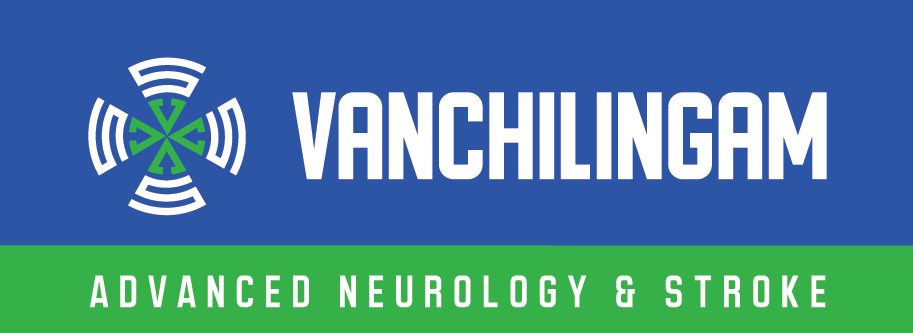Causes and symptoms of Myasthenia Gravis
Myasthenia Gravis is the term given for the medical condition, wherein the communication between the nerves and muscle breaks down.

Causes:
Our nerves communicate with our muscles by releasing very specific chemicals called neuro-transmitters, that fit precisely into receiving sites on the muscles at the nerve junctions. When this disease occurs, it causes the human immune system to release antibodies that block or destroy many of the receptor sites. The muscles, thus, receive fewer signals, leading to weakness. Antibodies have also been known to block the function of a specific protein involved in the forming of nerve-muscular junctions.
It is believed that the Thymus Gland, beneath your chest bone and part of the immune system, triggers or maintains the production of the above-referred antibodies. Normally small in a healthy adult, in Myasthenia Gravis patients, it is abnormally large. Sometimes, it may have tumors, which may or may not be cancerous.
Symptoms:
- The weakness of the muscles is a major symptom. This increases as the muscles are used but can improve with rest. They, usually tend to worsen with time.
- In more than half the cases the first signals, are eye problems like drooping of eyelids or double vision to one or both eyes.
- Facial and throat muscles come next. Speaking may be impaired; difficulty in swallowing; inability to chew and unintentional facial expressions are others.
- Neck, arm and leg muscles come next. It may become very difficult to hold up the head and walking may become strenuous.

Treatment:
There is no cure for Myasthenia Gravis, but treatment for relief from the symptoms is possible. While this disease can affect people of any age, it is most common among men older than 60 and women younger than 40. Treatments, depending upon your age, may include medication like inhibitors to improve muscles; Corticosteroids to inhibit the immune system and immunosuppressants. Treatments also involve plasmapheresis or IV Immunoglobulins for severe myasthenia or myasthenic crisis, sometimes patients need mechanical ventilation. Intravenous therapy and surgery may also be necessary in extreme cases.






